People may enjoy learning about random science facts for a variety of reasons. Some people may find science and the natural world fascinating, and learning new and interesting facts about it can be enjoyable and intellectually stimulating. Others may be curious about how the world works and may find science facts to be a satisfying way to satisfy their curiosity. Additionally, science facts can be a fun and engaging way to learn about new and exciting topics, and they can also be a great conversation starter or ice breaker in social situations. For instance, if you find yourself at a party, don’t you want to be the person that can entertain others with your vast knowledge? Tell people about how the human nose can detect over a trillion different scents and you’ll have people tripping over themselves to meet you. Okay, so it won’t make you THAT popular. But overall, science can be an endlessly fascinating subject. And random science facts can be a great way to learn about it in a way that is both entertaining and informative.

The Flower of the Holy Spirit
The flower of the Holy Spirit, also known as the Dove Orchid or the Holy Ghost Orchid, is a species of orchid native to Central and South America. Its flower resembles doves or other birds in flight. The flowers are typically white, with purple or pink markings on the petals, and they are quite fragrant. The plant is found in a variety of habitats, including rainforests, cloud forests, and other humid, tropical environments. The flower of the Holy Spirit has a long history of cultural significance, and it has been revered by many indigenous people in Central and South America for its beauty and fragrance. The flower of the Holy Spirit is not commonly found in cultivation, and it can be difficult to grow. It requires a specific set of conditions, including high humidity and plenty of sunlight, in order to thrive. Despite these challenges, the flower of the Holy Spirit is highly prized by collectors and orchid enthusiasts, and it is considered a symbol of beauty, spirituality, and the natural world. (via Bored Panda).
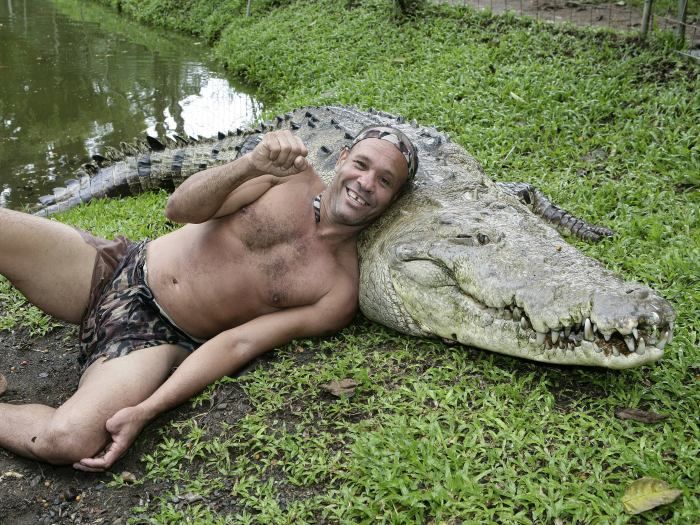
Brotherly Saltwater Crocodile Love
For one of the most heartwarming stories out there, take a look at this story about the saltwater crocodile. Science facts tell us that saltwater crocodiles are the most terrifying reptiles in the world. But it looks like they have a bigger hearts than we previously thought. “In 1989, a Costa Rican fisherman named Chito rescued a dying crocodile. He nursed it back to health, and tried to release the croc into the wild, but it kept coming back The two eventually became “best friends” and for the next two decades, Chito would swim with “Pocho” in the river outside his home, talking and playing with the 16-foot-long crocodile while hugging, kissing, and caressing him. The croc would even respond when Chito called his name.” All animals need a little bit of love. Many animals, like crocodiles, get a bad rep because of their aggressive or violent nature. This fact just disproved that stereotype by showing us crocodiles are capable of love.

Disguised Poison Cabinet
It looks like some people have clever ways of hiding things. This is “an assassin’s poison cabinet disguised as a book, 17th Century.” Hiding your poison inside of a book is certainly the best place. Unless you have a curious bookworm over for a cup of tea. These kinds of stories certainly peak the macabre’s interest. Who did the assassin use their poison on? There’s an endless number of answers, and we’re not sure if it’s a happy ending or not. It was originally auctioned at a German auction house for more than 5,000 euros.
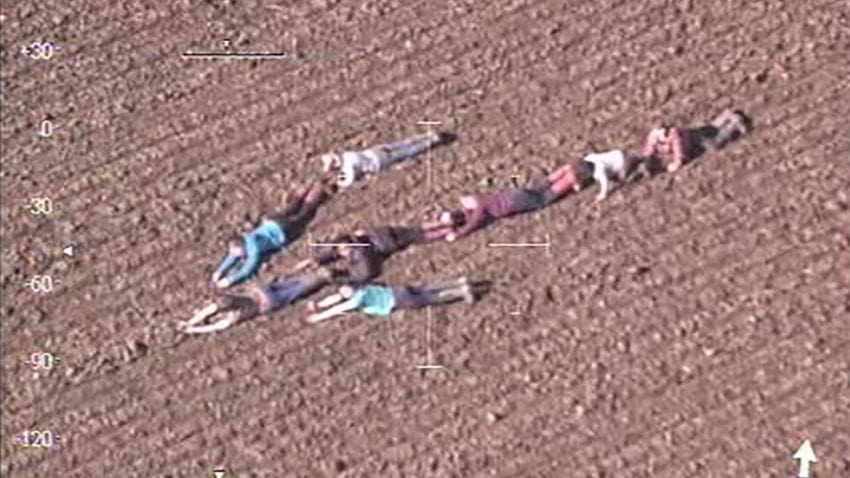
Kid Heroes
Science facts that show kids as heroes are pretty extraordinary. The story goes, “for one group of kids in a small village outside of London, a day meant for hunting Easter eggs suddenly turned into a thrilling hunt for burglars. An intrusion at a building near the group of kids brought a dramatic police helicopter chase right to them. With a chopper buzzing overhead and two men suddenly racing across the field, those hunting for eggs quickly realized they were witnessing a police pursuit. The kids dropped to the ground and lay out in an arrow-shaped formation to point the authorities in the right direction.” These kids went out to play and ended up being the heroes of the day.
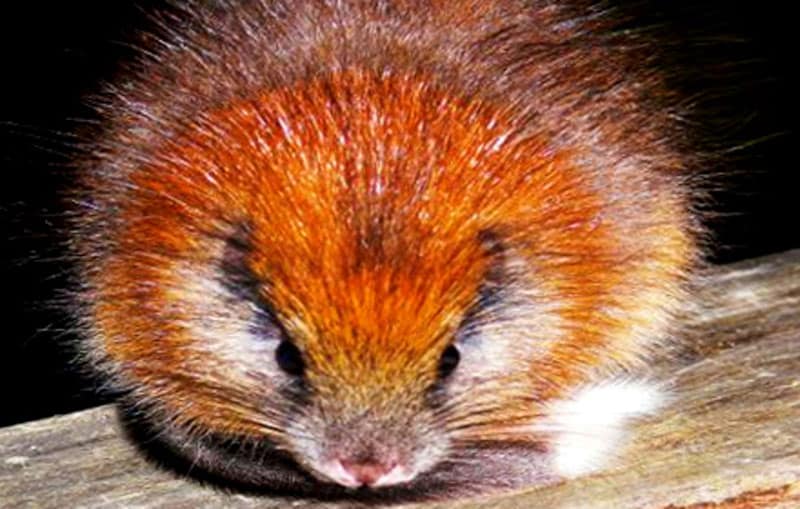
The Mystery Rodent
Science facts involving animals peak our curiosity. There are so many different species out there, that we’ll never really get to know them. This one is fascinating, because “in 2011, a rodent that was believed to be extinct for 113 years, the red-crested tree-rat, casually appeared on the handrail on the front porch of an eco-lodge in Colombia and let researchers photograph it for two hours before it disappeared into the night, never to be seen again.” It reappeared and disappeared, just like that. We’re all probably wondering where it went. It had not been recorded since 1989, until it showed up in the nature reserve of Colombia.
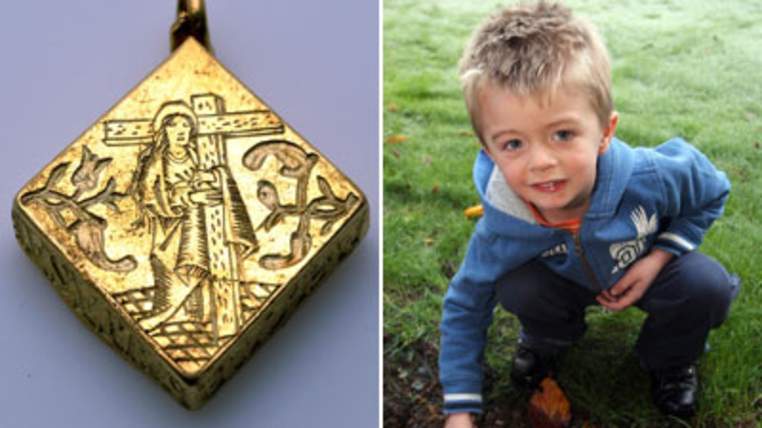
Metal Detector Millions
There’s a reason people use metal detectors, they have a lot of scientific facts backing them, like the chance to discover wealth underneath the ground. “In 2010, a three-year-old British boy playing with his father’s metal detector discovered a 16th-century golden pendant estimated to be worth $4 million.” Did they just say four million? When you play with a metal detector, you usually only find a quarter. That’s a lot more than a quarter. Metal detectors work with an electromagnetic field emitted from a search coil in the ground to detect metal, and apparently, millions.
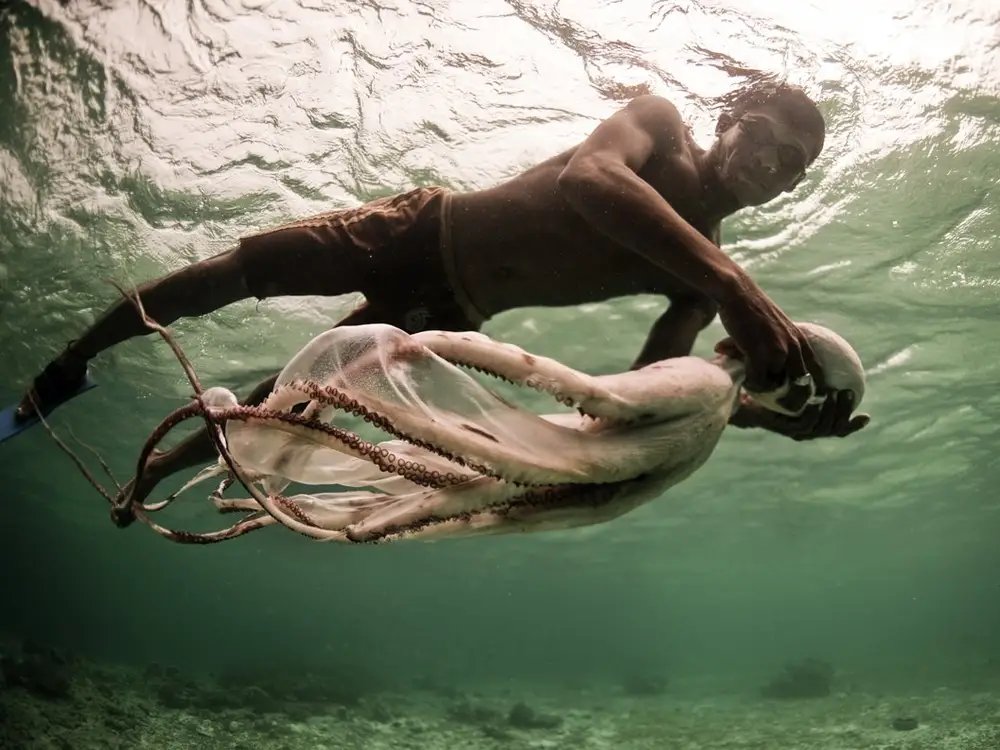
The Sea People
Bajau people are “sea nomads” who live in the middle of the sea. The Bajau are an indigenous group of people who live in the coastal and marine environments of Southeast Asia, particularly in the Philippines and Indonesia. They are also known as the Sea Gypsies or the Sama-Bajau, and they have a long history of living and working on the sea. The Bajau have a unique culture that is closely tied to their marine environment. They are skilled at fishing and diving, and they rely on the sea for their livelihood and food. They also have a deep spiritual connection to the ocean, and many of their cultural practices and rituals revolve around the sea. One of the most notable aspects of the Bajau culture is their ability to free dive to great depths. Many Bajau are skilled at diving without the use of scuba gear, and they are able to hold their breath for several minutes at a time. This ability is believed to be a result of the Bajau’s long history of living and working on the sea, as well as their diet, which is high in seafood and low in oxygen-depleting carbohydrates.
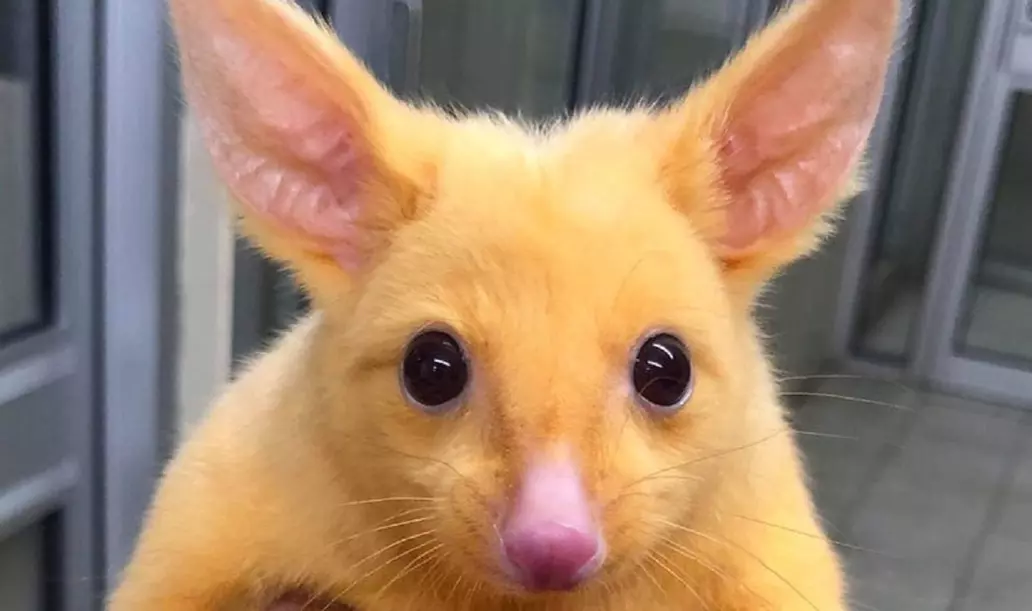
Real-Life Pikachu
Everyone, meet the real-life Pikachu! This is “a rare Golden Possom found in Australia was taken in and named “Pikachu” for obvious reasons. Its golden yellow appearance is the result of a genetic mutation that affects the possum’s melanin production, turning its fur gold instead of brown.” They mainly live in small pockets in Tasmania. Even though it’s a rare sight to see, they’re easily spottable against the green leaves of the jungle. The golden possum is a protected species in Tasmania, and it is illegal to hunt or harm them. Despite this protection, the golden possum faces many threats, including habitat loss, disease, and conflict with humans. Conservation efforts are underway to protect and support the golden possum population in Tasmania and throughout Australia.

The Girl Who Lived In A Tree
People want to protect the things they love, and that includes trees. “In 1977, American environmental activist Julia Butterfly Hill started living in a 1500-year-old California Redwood Tree (known as Luna) to prevent loggers from cutting it down. She ended up staying there for a total of 738 days between December 10. 1997 and December 18, 1999.” This story has a happy ending because she protected the tree for more than two years. Many environmental groups supported Julia and her actions to save the tree. She spent those two years living on a 1.8 meter platform.
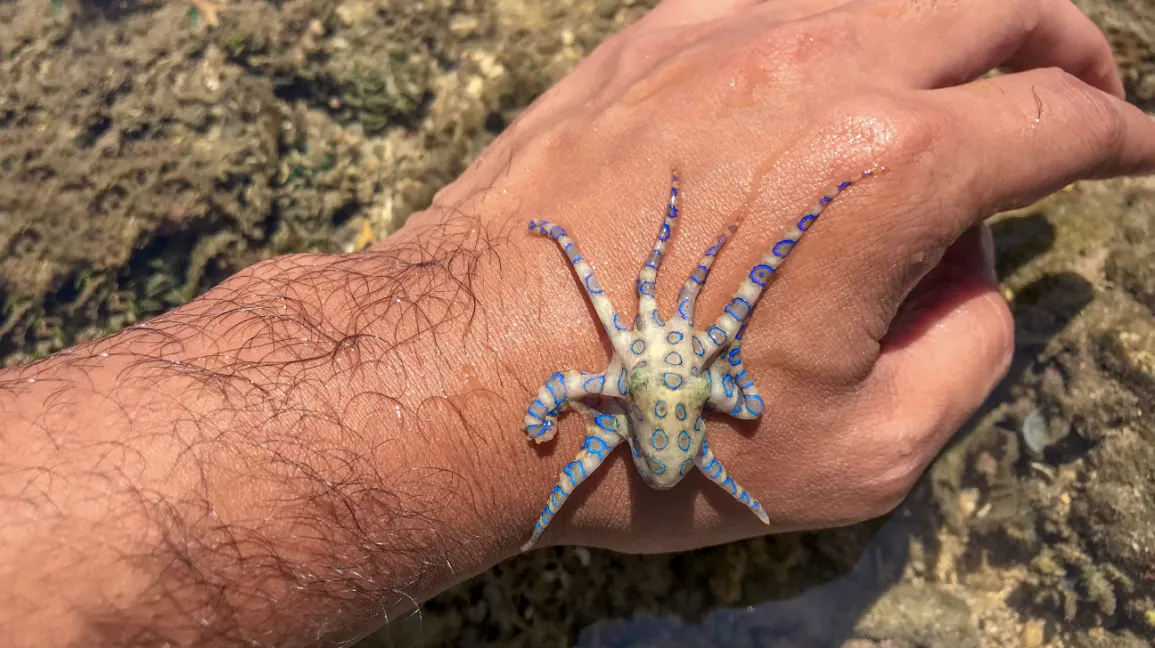
The Poisonous Octopus Remedy
You might not want to swim in the sea ever again, after reading this one. Apparently, the blue-ringed octopus carries enough venom to kill 26 adult humans within minutes, and there is no anti-venom for its bite. The paralysis that overcomes the victim is only to their voluntary muscles; they remain fully conscious. If you are with somebody who has been bitten by a blue-ringed octopus, do not leave them unattended and immediately call emergency services. Death usually occurs as a result of lack of oxygen. Thus, if mouth to mouth resuscitation is given to a victim of a blue-ringed octopus, they should fully recover. If you can get a ventilator to breathe for you for 15 hours, you will suffer no side effects.
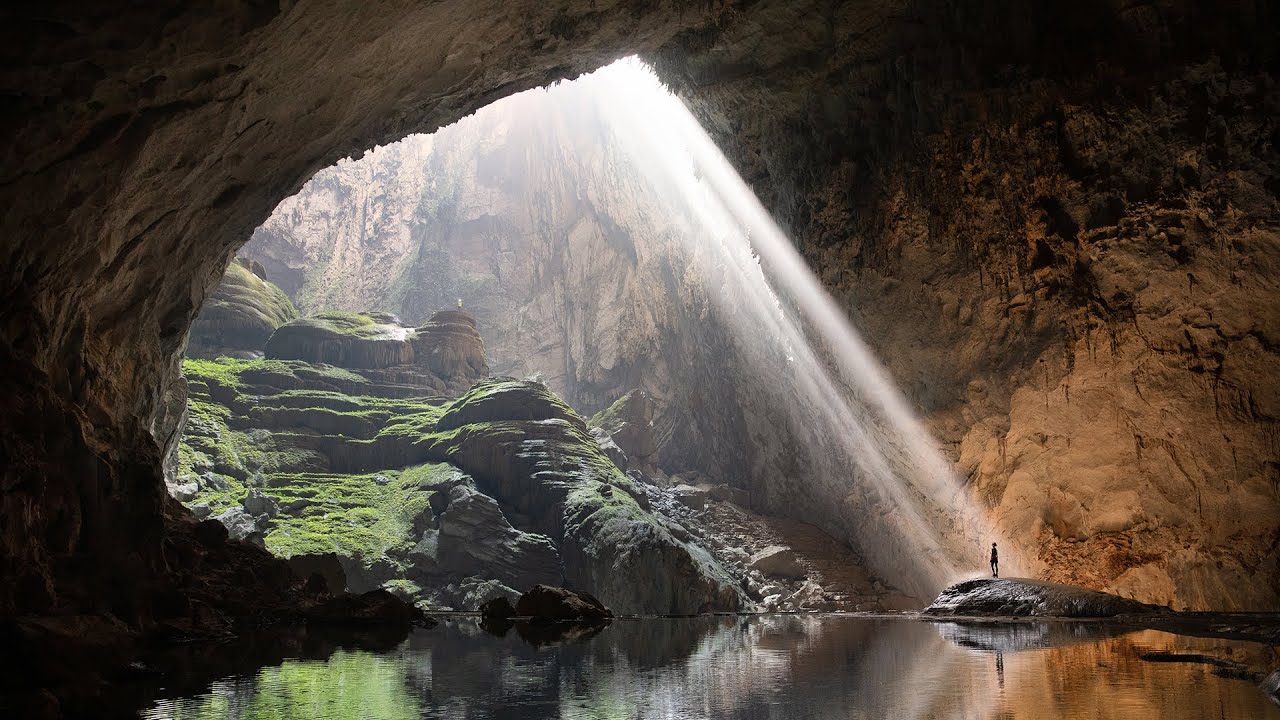
The Cave World
Caves are expansive, and there are many that have still been undiscovered or unexplored. Thanks to curious scientific minds and research, we can at least study what we do know. Which brings us to this massive cave in Vietnam. The Son Doong Cave “is the largest cave in the world. Located in Vietnam, the 5km cavern is so massive that it has its river, jungle, clouds, and climate system.” It needs to be its own country! It was first explored and discovered in 2009. The “Great Wall of Vietnam” is a 90 meter calcite barrier located in the cave. There’s also a fast-flowing subterranean river in the cave. Every part of this cave is a call for adventure (via Bored Panda).

Risky Business
Some people take massive risks just for the perfect photo, and that includes photographer Atif Saeed. He “nearly got himself killed to capture this photo, which was taken just moments before the lion tried to attack him. In 2012, he drove up to the lion, sat on the ground near his car, and left the door open, which is the only reason he escaped unharmed.” Lions are opportunistic hunters and will prey on a variety of animals, depending on what is available in their environment. They are most active at dawn and dusk, and they will often rest during the heat of the day. Lions will typically eat their prey on the spot, and they are known to eat the entire animal, including the bones and organs.
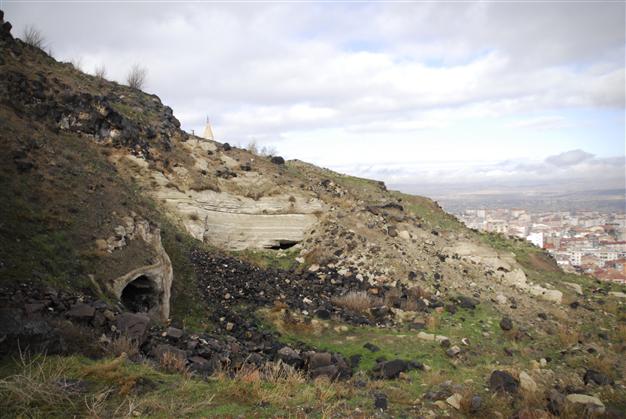
Discovery Of A Lifetime
In 1963, a man in the Nevsehir Province of Turkey knocked down a wall in his home. Behind it, he discovered a mysterious room and further digging revealed access to an intricate tunnel system with more cave-like rooms. He had discovered the ancient underground city of Derinkuyu, built during the Byzantine era. The Byzantine Empire was a medieval Eastern Roman Empire centered in Constantinople (modern-day Istanbul, Turkey). The underground city of Derinkuyu was built to protect its inhabitants from wars and religious persecutions, able to protect 20,000 people. It was equipped with large stone doors to prevent invaders, an ingenious ventilation system, as well as a well to ensure drinking water for all citizens. Imagine stumbling upon this incredible discovery. This was a major archaeological find!

We’ll Never Know
When people disappear without a trace, it leaves us wondering if they’re still alive. There’s no way to tell without the body. This happened to Michael Rockefeller, son of former U.S. Vice President Nelson Rockefeller. He “went missing during an anthropological expedition in Papua New Guinea, 1961. Although he was declared legally dead in 1964 since his body was never found, some say this is him as part of a cannibalistic tribe, taken in 1969.” Officials say he officially died by drowning, though we can only speculate. On the expedition, his boat was swallowed by waves. The enginge failed, and he supposedly died.

Not Meant To Die
In 1915, convicted Mexican revolutionary Wenseslao Moguel was sentenced to execution without a trial and was shot 9 times by a firing squad. Miraculously, he survived all 9 shots including the “coup de grace,” one final round to the head at point-blank range to ensure death. Although in excruciating pain, Moguel waited for his executioners to leave and he left the scene to make his way to safety. He lived on for another 60 years, dying at the age of 85. It was not his time to go. He had a lot more things left to do on earth. He’s known as the Man Who Survived An Execution, and though he was in incredible pain afterwards, he lived to tell the tale.
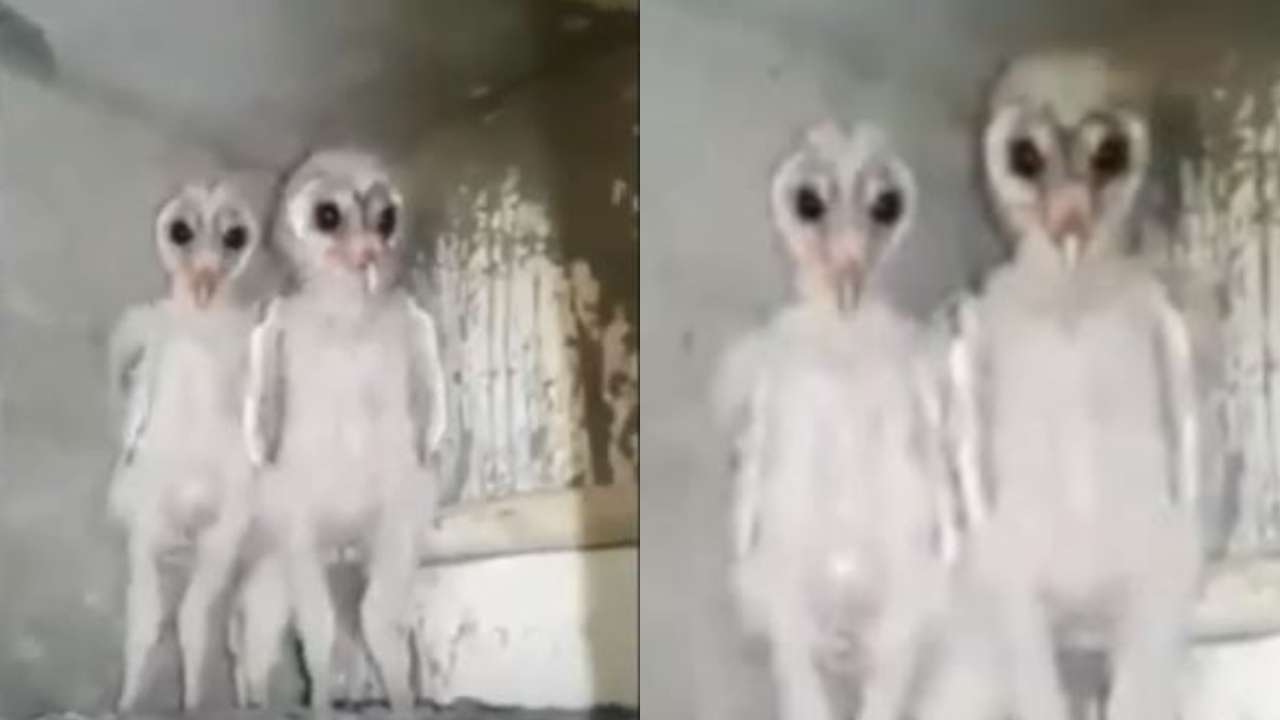
Alien Owls
A group of “construction workers in India found a group of baby owls in the ceiling that looked like little aliens.” What a treat this must have been to find! Or, it was incredibly terrifying and they stopped working right away. Maybe these little owls are little aliens pretending to be owls. Their spooky appearance is actually an adaptation to help them survive and thrive in the world. These baby barn animals look creepy until they’re an adult, when they grow feathers and turn into something more appealing (via Bored Panda).
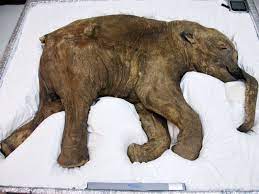
Fossilized Lyuba
Science facts bringing us back into the past are the most incredible ones to learn about. We get to take a peek into a life we know nothing about, considering we were nowhere near being alive. “Lyuba is a female woolly mammoth calf. She died about 41,800 years ago at the age of 30 to 25 days. With her skin and organs still completely intact, Lyuba is by far the best preserved mammoth mummy in the world.” It turns out she died from suffocation, when she inhaled mud in the bed of a river, which her herd was crossing (via Bored Panda).

22-Foot Croc
The saltwater crocodiles strike again! The village people on Africa’s Niger River were losing cows and fellow villagers at such a rapid rate that they had to call in animal control to hunt down the culprit: a 22-foot, 2,500-pound crocodile. Saltwater crocodiles (Crocodylus porosus) are large reptiles found in the coastal and estuarine habitats of Southeast Asia, Australia, and the Pacific and Indian Oceans. They are the largest living reptile in the world, and they can reach lengths of up to 7 meters (23 feet) and can weigh of over 1,000 kg (2,200 lbs). But it looks like this modern dinosaur even beat the average weight. These are the sorts of unsettling science facts that make us want to stay far away from these crocs. The villagers needed the help of the army to hunt down this crocodile.
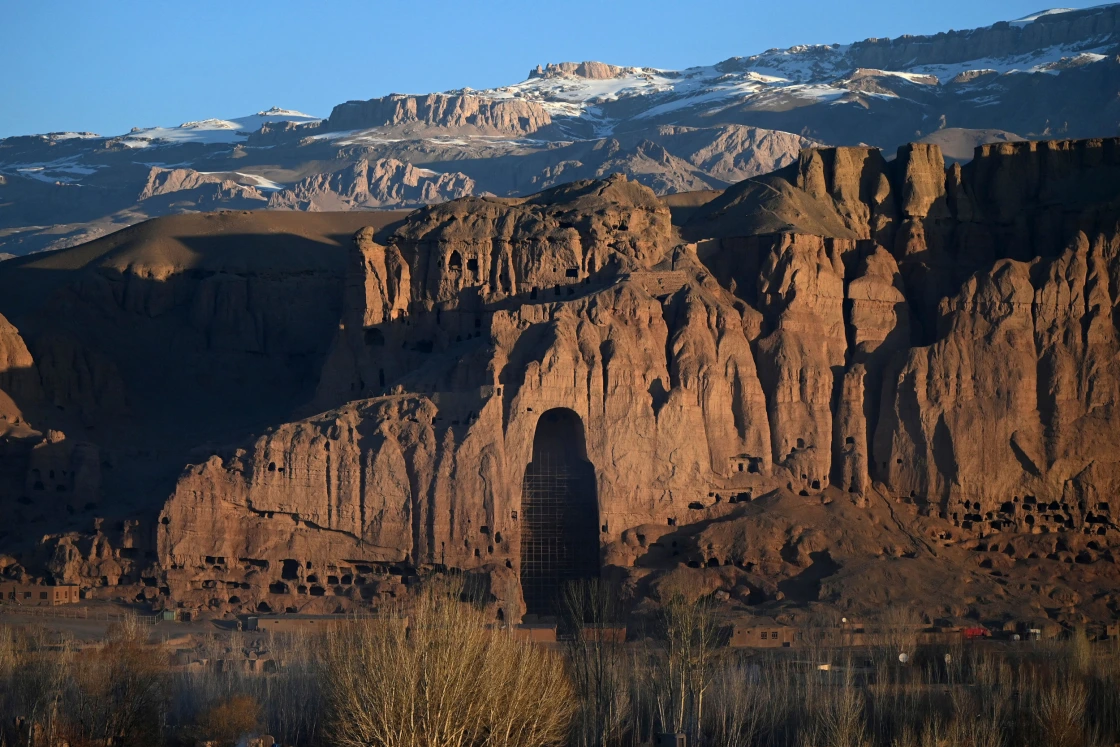
Surprise Finding
Even though it’s rare, the after-effects of war could be a good thing. In 2001, the Taliban used dynamite to demolish historic Buddha statues that were carved into the side of a cliff in Afghanistan around the 4th century. The statue’s destruction ended up revealing more than 50 caves where researchers found ancient Buddhist relics, including the oldest known oil paintings in the world. It looks like that dynamite explosion was meant to happen, even if it revealed some unsettling science facts, like an entire undiscovered world (via Bored Panda).

Explosive Walnut Cracker
What would you do if someone told you that you’ve cracked walnuts using an explosive for more than two decades? We’d freeze, probably. “In 2016, a man in China realized that the long-handled object he had been using to crack walnuts for 25 years was a live stick grenade.” Every single time he picked up that object, his life was on the line. One wrong move and he would’ve blown himself up. This is just another one of those unsettling science facts that makes our spines shiver. He managed to cheat death for 25 years. He learned is was an explosive after receiving a leaflet from police warning locals on illegal explosives.
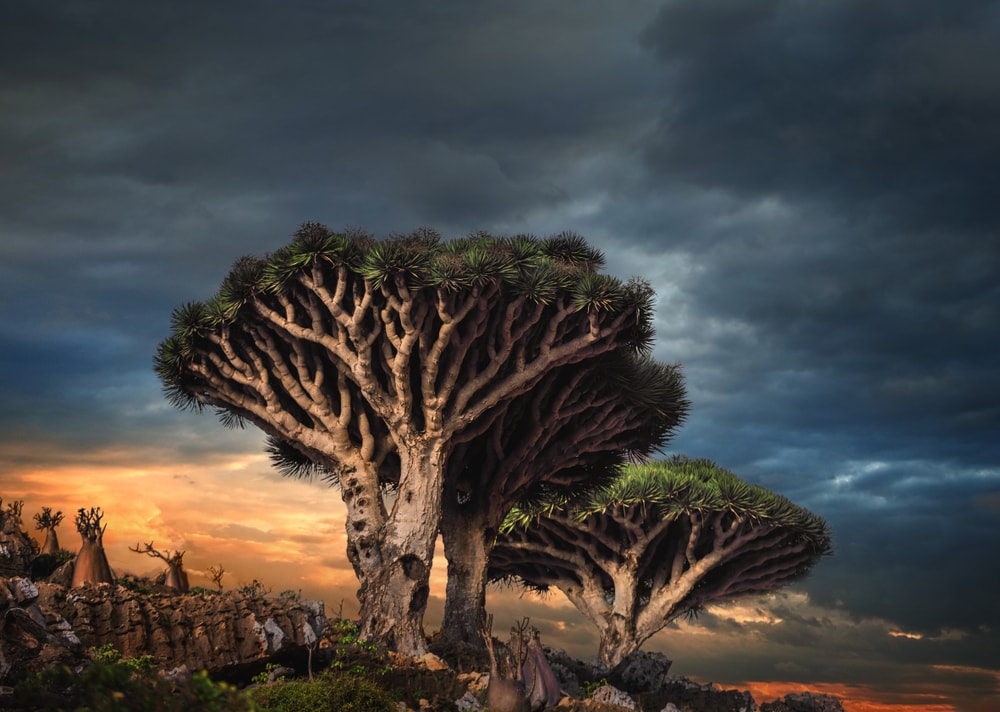
Blood-Red Sap
People love to travel not only for the food and culture. They also travel to see sights around the world they would never see in their hometown. Visiting the island of Socotra in Yemen can seem like you’re on another planet. More than 30% of the island’s plant life, including the dragon blood tree that bleeds bright red sap when it’s cut, isn’t found anywhere else on earth. It sounds like a once-in-a-lifetime experience to see something as fascinating as this. Furthermore 37% of Socotra’s plant species, 90% of its reptile species and 95% of its land snail species do not occur anywhere else in the world besides this UNESCO World Heritage Site.

Supergirl
Science facts involving the human body can be intriguing, fascinating, and even a bit disturbing. A 7-year-old girl named Olivia Farnsworth is the only known case of “Chromosome 6 Deletion.” She does not feel hunger, pain, or the need to sleep. In 2016, a car hit her and dragged her 100 feet. She felt no pain and emerged with only minor injuries. Living a life without pain sounds great, but a life without hunger or sleep? We love sleep as much as the next person, which is why we’re unsure how we’d feel having this disease. But Olivia doesn’t know any different, that is her normal. Other features involved in Chromosome 6 Deletion include developmental delay, intellectual disability, behavioral problems, and distinctive facial features, and can be inherited by a parent.

Metal Spikes Vs. Rubber Spikes
Whenever there’s a lightning storm, we have to hide and take cover. Unfortunately for these soccer players in the Congo, they didn’t take cover. In 1998, during a soccer match in the Republic of Congo, a lightning bolt struck the pitch. It killed all 11 members of the home team, who were wearing metal spikes. The other team was left unscathed, for they had all been wearing rubber spikes. Even though rubber doesn’t necessarily protect you from lightning, the lightning struck the athletics in metal spikes because metal attracts lightning.
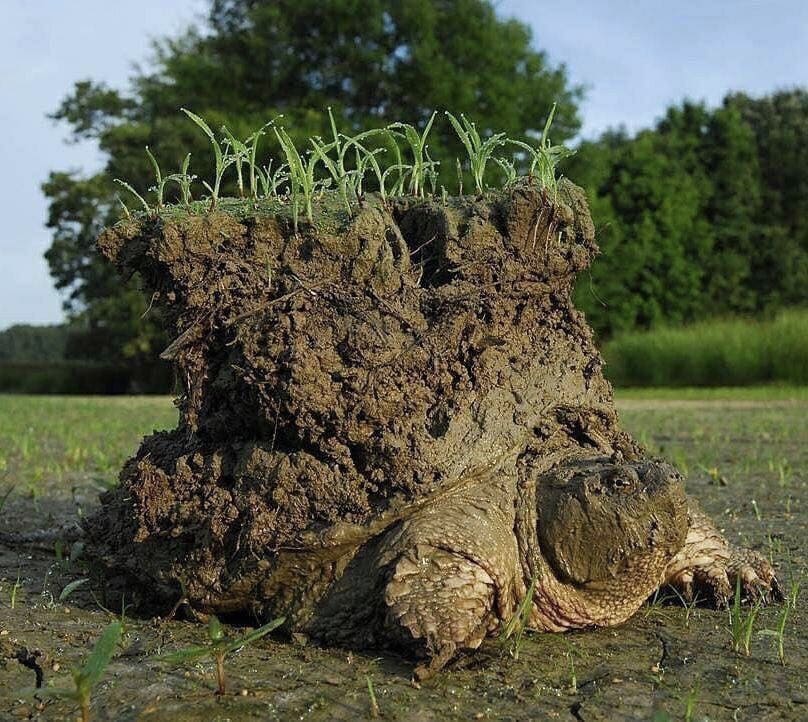
Snapping Turtle
Snapping turtles are a group of large, freshwater turtles that are native to North America. They are known for their powerful jaws and sharp beak, which they use to catch and eat a variety of prey, including fish, amphibians, and small mammals. But when we get to see animals in states other than how we normally see them, it gives us the chance to learn about them. This is a snapping turtle buried in mud just after emerging from hibernation. This is could be where the Native American legends of the Earth being brought into existence and carrying the shell of a turtle originated from. Turtles will hibernate for 2-4 months, while some could hibernate up to 6 months (via Bored Panda).
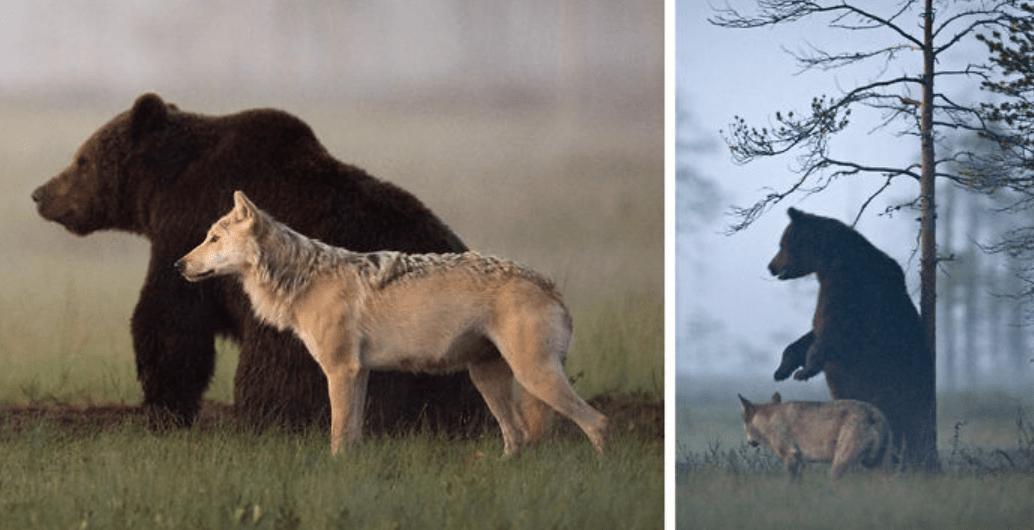
Beautiful Friendship
Animals can be friends, too! A Finnish wildlife photographer Lassi Rautiainen captures the unusual friendship between a wild gray wolf and a wild brown bear. This is certainly an unusual friendship. It’s one of the cutest science facts, though, considering we never knew wolves and bears could be friends. The photographer followed the pair over the course of ten days in 2013, capturing their friendship and day-to-day lives (via Bored Panda).

Morse Code
This is one of those unsettling science facts that makes us wonder what else was going on behind the scenes. During a Vietnamese propaganda interview, an American prisoner of war Jeremiah Denton blinks the word “TORTURE” in Morse Code, confirming for the first time to U.S. Naval Intelligence that American POWs were being tortured. Vietnam War, 1966. It was one of the smartest ways to relay a message. He endured almost eight years of torture and grueling conditions, including starvation and beating.

Hitchhiking Robot
This starts as a heartwarming story and ends as one of the most unsettling science facts on this list. Apparently, a hitchhiking robot that relied on the kindness of strangers to travel the world made it successfully across Canada, Germany, and the Netherlands, before it was found with its head and arms ripped off, just two weeks into its first American tour. It leaves us with so many unanswered questions. Who ripped his arms and head off, and why? Maybe they did it intentionally. It’s possible it was a bear or a wild animal, but then again, it was probably a human. The robot was originally built in Canada, and it’s only purpose was to show the world just how kind humans are. What sad irony.

Infinite Lightning
There’s an area in Venezuela where lighting strikes 280 times an hour, 160 nights per year. It’s called Relámpago del Catatumbo, or “the everlasting storm.” But this isn’t the only infinite lighting storm in our universe. One of the most notable features of Venus’s weather is the “Everlasting Storm,” a massive cyclone that has been observed by spacecraft orbiting the planet. The storm is located at the planet’s south pole and is thought to be more than 10,000 kilometers (6,214 miles) in diameter, making it larger than the Earth itself. The storm is made up of a series of clouds that rotate around the pole, and it is thought to be driven by the planet’s strong winds and the heat of its atmosphere.
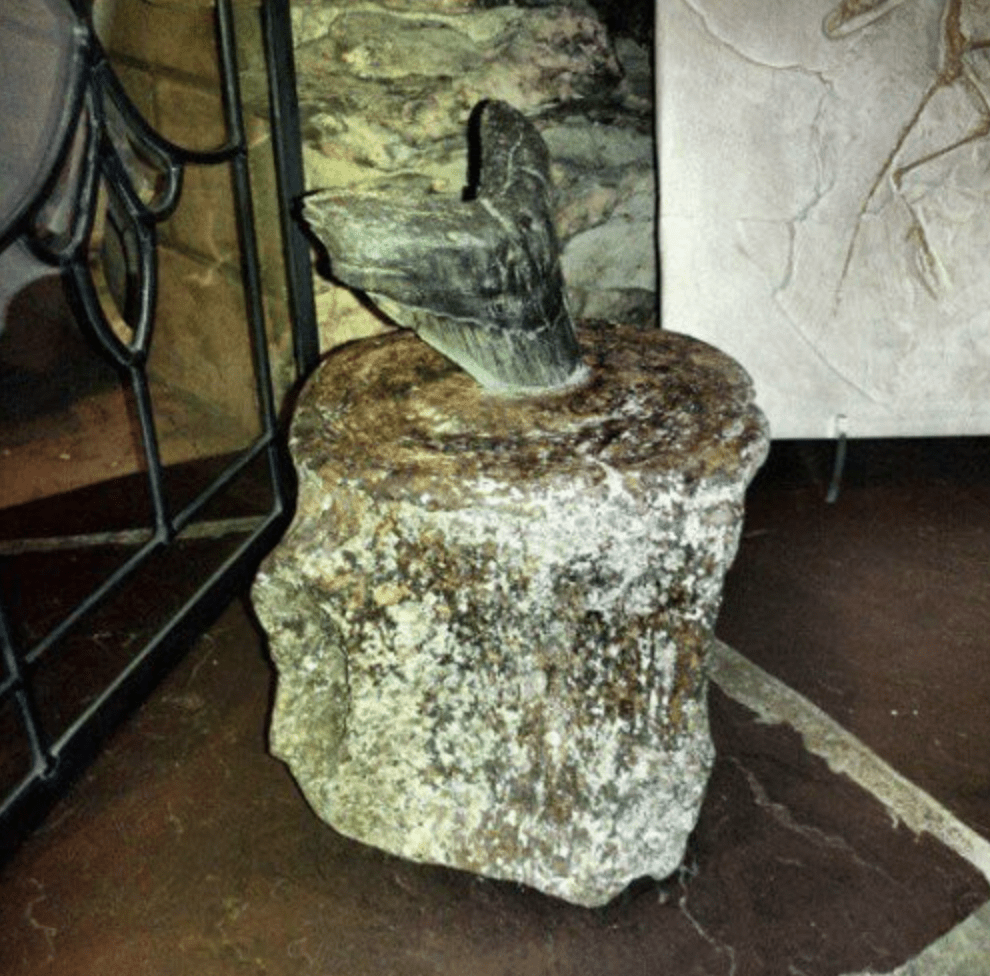
Fossilized Foul Play
Fossils are one of the only ways for humans to learn about the history of the earth. This is a fossil of a Megalodon tooth stuck in whale vertebrae. Megalodon was a predatory shark that lived approximately 23 to 3.6 million years ago. It is thought to have preyed on a variety of large marine animals, including whales, dolphins, and other sharks. It is believed to have been a formidable predator and was likely at the top of the food chain in the marine environments it inhabited. According to Fossilera, that amount of bite force would have either caused the Megalodon tooth or the vertebra to fracture. In fact many Megalodon teeth are found with their tips broken off due to feeding damage from the tooth hitting bone or another tooth. It’s likely the whale approached the Megalodon from the top.

Astronomical Ring
Astronomy in the 16th century was a rapidly developing field, as new discoveries and advances in technology allowed astronomers to better understand the nature of the universe. Because it was growing in popularity during this time, it would also sometimes become somewhat of a fashion statement. Designers sized down these astronomy tools to become fashionable finger rings. They’re similar to armillary spheres. This is a 16th-century German ring that folds into an astronomical sphere. Overall, the 16th century was a time of significant progress and discovery in the field of astronomy, and many of the ideas and concepts developed during this time continue to be important in modern astronomy.
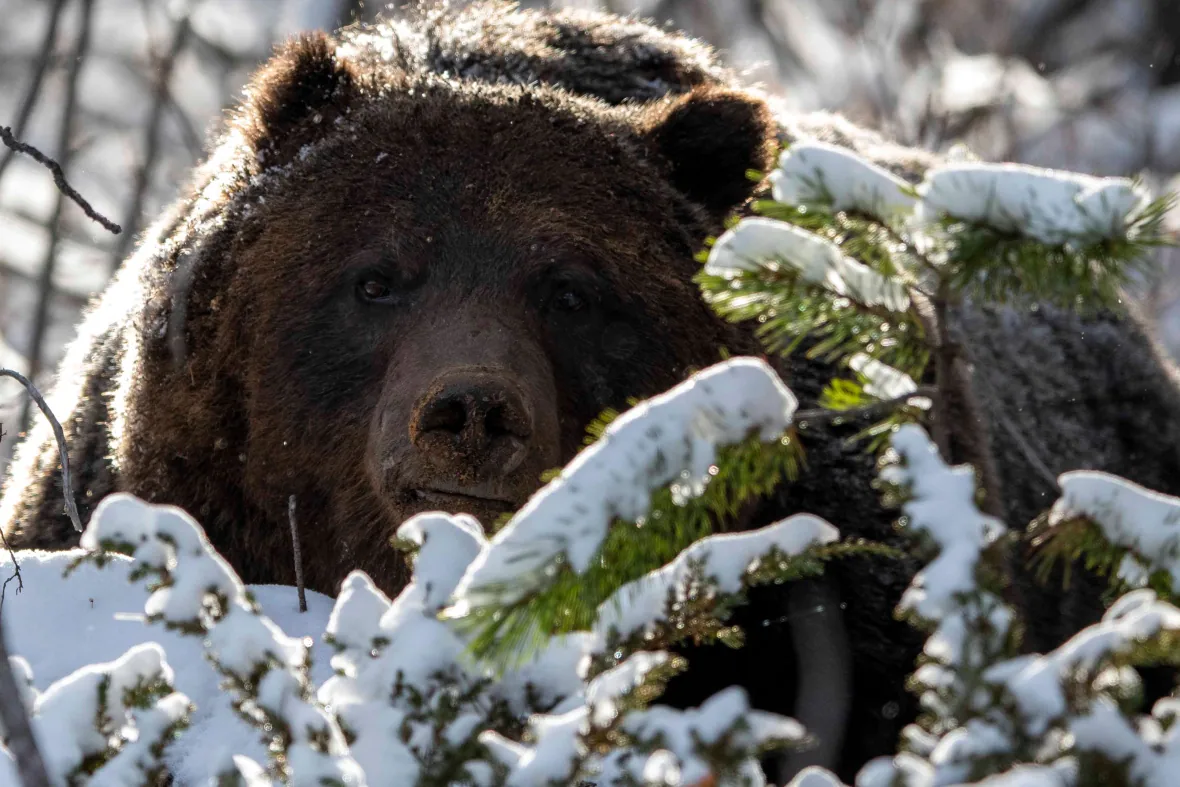
The Grizzly Who Has Survived It All
There’s a grizzly bear in Canada nicknamed “The Boss” who’s eaten multiple black bears, survived being hit by a train and weighs over 600 pounds. But despite spending a large amount of time near a public place, he has never shown aggression towards humans. Grizzly bears are solitary animals, and they are most active at dawn and dusk. They are excellent climbers and swimmers, and they are known to be very powerful and aggressive when provoked. They are also intelligent and adaptable animals, and they have been known to use tools to solve problems and obtain food.
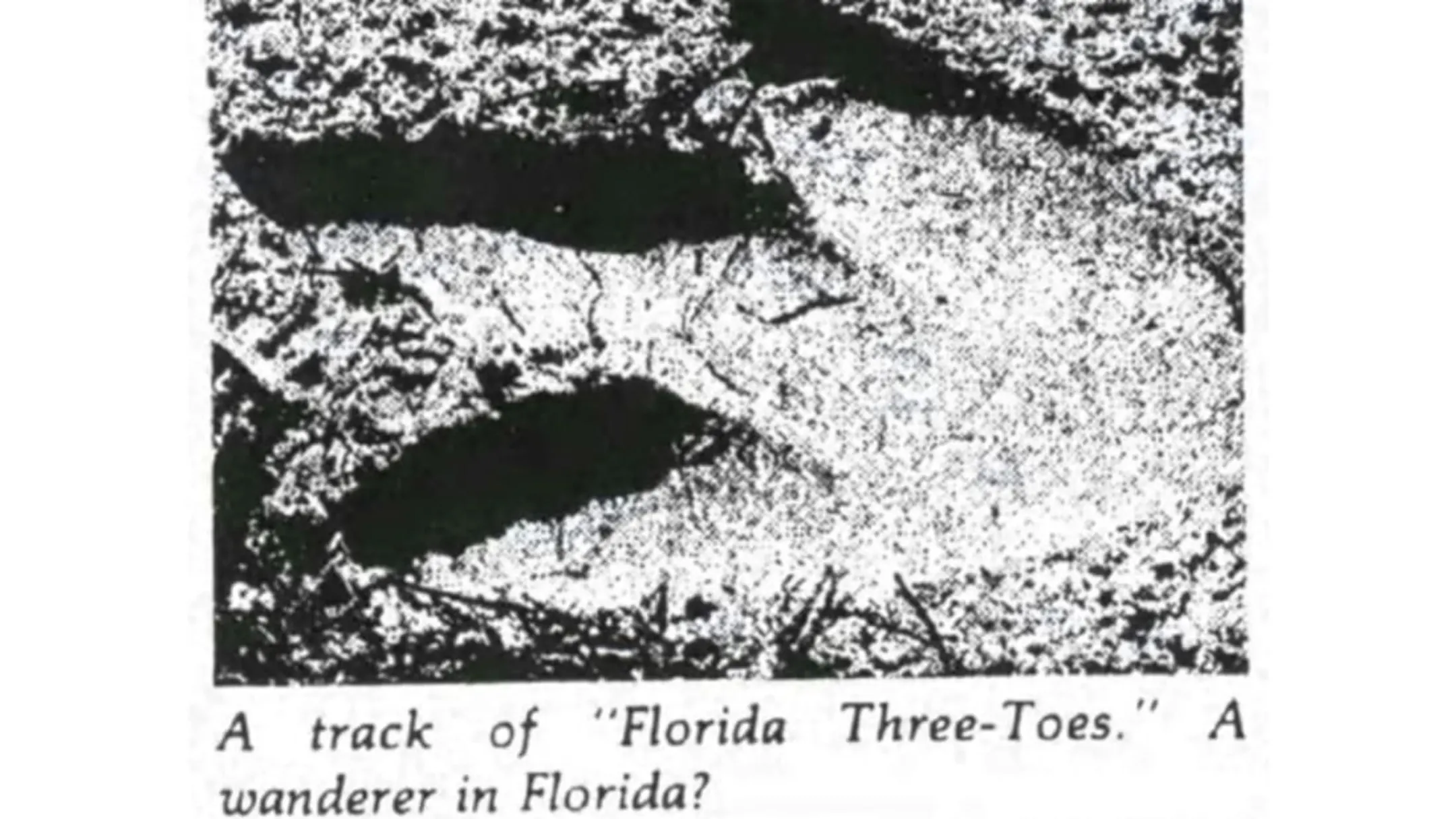
Fifteen Foot Penguin
This story led people to believe in science facts that weren’t true. We appreciate his efforts about sticking to the story, though. Starting in 1948, a man wore a 30-pound, three-toed iron shoes and stomped around a Florida beach during the night. The footprints led people to believe that a 15-foot tall penguin roamed their lands, and numerous sightings of the “creature” were reported for decades. The hoax wasn’t revealed until 40 years later. Surprisingly, people believed it was a 15-foot-tall penguin instead of Bigfoot or an alien.
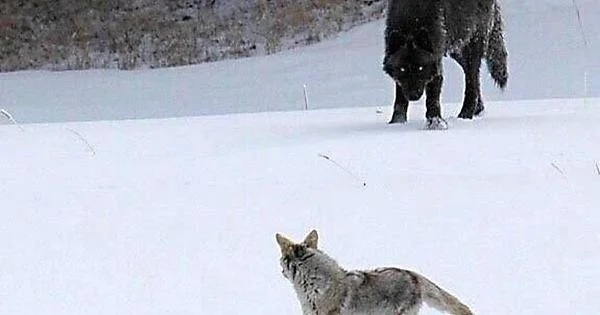
Confused Acquaintances
When animals meet each other for the first time, it can go one of two ways. We hope they’d hit it off and become friends, but sometimes, they become enemies. This photograph captures invasive coyotes and wolves. They’re meeting for the first time at Yellowstone. Coyotes (Canis latrans) and wolves (Canis lupus) are closely related species of carnivorous mammals, but there are several key differences between them. Coyotes are generally smaller than wolves, with adult coyotes weighing between 9 and 20 kg (20 and 44 lbs) and adult wolves weighing between 23 and 41 kg (50 and 90 lbs). From this photograph, we can’t tell if they’re friends or foes. Let’s hope they’re friends (via Bored Panda).

The Human Mind
The human mind is a vortex. We can’t even begin to imagine what happens beneath the layers of the human psyche in each person. This is especially true for people suffering from schizophrenia. This is a series of paintings of cats by Louis Wain from the early 1900s. They capture a slow descent into the varying levels of his schizophrenic episodes. These photographs are both fascinating, beautiful, and riveting. We can only speculate as to what goes on in his mind.
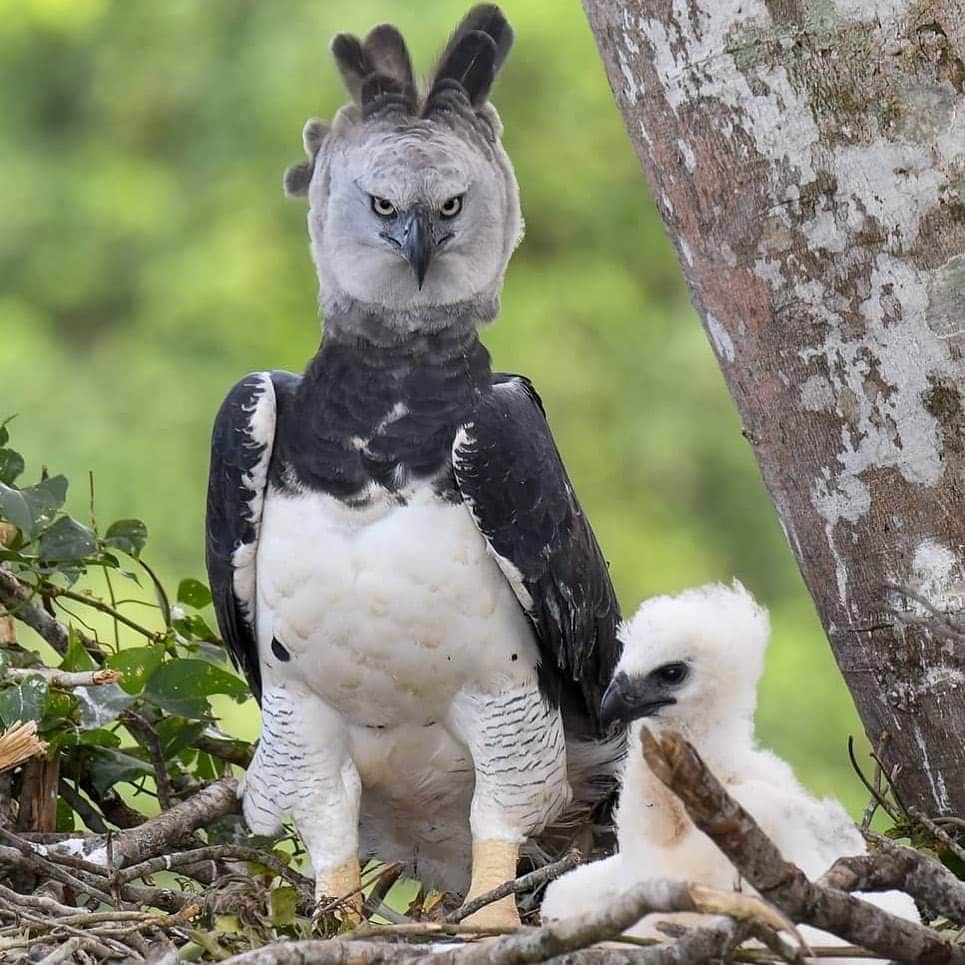
The Harpy Eagle
This doesn’t look like a bird we’d want to run into. Scientists named the Harpy Eagle after a mythological monster. With a 7-foot wingspan, it is the largest and most powerful predatory bird in the rainforest. The Harpy Eagle has 530 psi, enough force and power in its claw to squash a human brain like a grape. The males typically weigh 10 pounds, and the females weigh 20 pounds. Their rear talons are the same length as a grizzly bear’s claws, and they have a grip strength of approximately 530 psi. These science facts certainly prove that animals can be stronger than humans (via Bored Panda).

